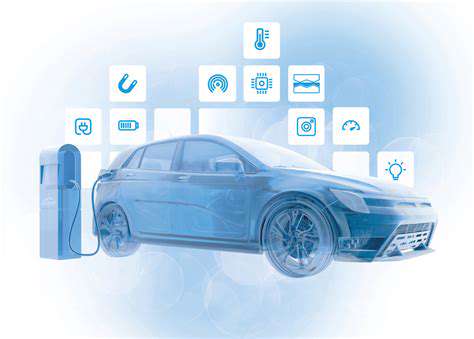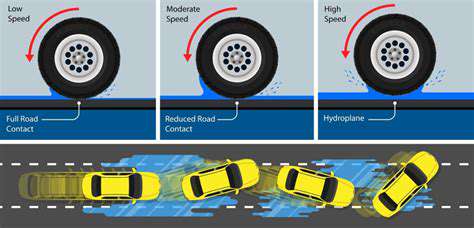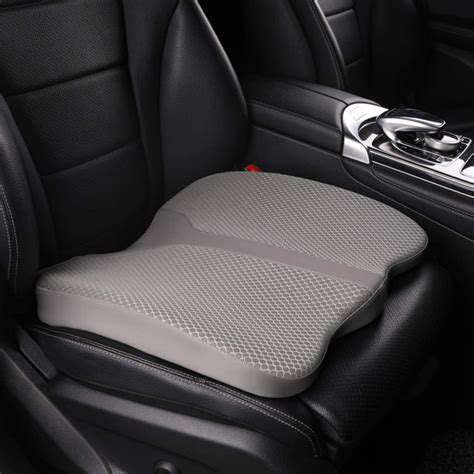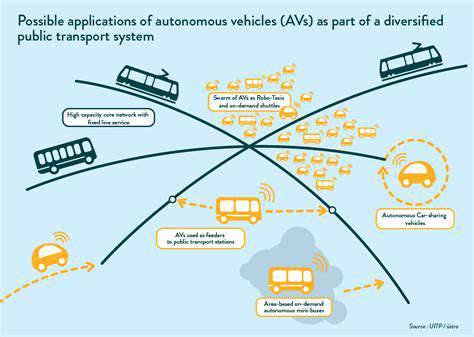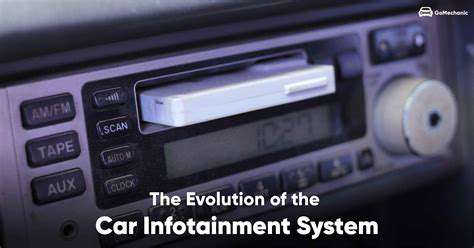
Early Days of In-Car Entertainment
When cars first started incorporating entertainment systems, they were primitive by today's standards. The initial in-car entertainment options consisted mainly of AM radios and later, clunky cassette players. These systems represented a major leap from having no entertainment at all, though they came with significant limitations. Those early audio units were often awkwardly mounted and disrupted the vehicle's interior design flow. Their capabilities were restricted to playing music and receiving radio broadcasts - a far cry from today's multifunctional systems.
Despite their simplicity, these pioneering systems established the foundation for all subsequent developments. They proved there was demand for in-vehicle entertainment and showed manufacturers that drivers wanted more than just transportation from their cars.
The Rise of the CD Player
Compact disc technology transformed car audio in the 1980s and 1990s. Unlike cassette tapes that could stretch or tangle, CDs provided crystal-clear digital audio without any degradation in quality. Drivers no longer needed to rewind or flip tapes, making the listening experience much more convenient. The digital nature of CDs allowed for random access to tracks and eliminated the hiss common with analog tapes.
This transition from analog to digital audio represented one of the most significant quality improvements in automotive entertainment history. The superior sound fidelity and durability of CDs pushed automakers to develop better speakers and audio components to match the medium's capabilities.
The Dawn of the MP3 and Digital Music
When MP3 players emerged in the late 1990s, they completely changed how people thought about music collections. Suddenly, drivers could carry thousands of songs in their pockets instead of a bulky case of CDs. This technological shift empowered drivers to create highly customized playlists and enjoy unprecedented variety during their commutes. The elimination of physical media paved the way for streaming services and cloud-based music libraries that we take for granted today.
Manufacturers quickly recognized this trend and began adding auxiliary inputs and later, USB ports to accommodate digital music players. This marked the beginning of true device integration in vehicles.
The Smartphone Integration Era
Modern infotainment systems have largely become extensions of our smartphones. Through Bluetooth and wired connections, drivers can access their favorite apps, messages, and contacts without touching their phones. Navigation has become dramatically more accurate with real-time traffic updates, while music streaming services offer virtually unlimited listening options.
This convenience comes with new challenges though, as designers struggle to create interfaces that minimize distraction while maximizing functionality. The constant evolution of mobile operating systems also creates compatibility issues that automakers must address through regular software updates.
The Future of In-Car Infotainment
Next-generation systems are focusing on predictive technologies and seamless integration. Imagine your car knowing your schedule and suggesting optimal departure times, or automatically queuing up your favorite podcast when you start your morning commute. Augmented reality windshields could project navigation cues directly onto the road ahead, while advanced voice control would eliminate the need for most manual inputs.
As vehicles become more autonomous, infotainment systems will likely shift toward full entertainment centers, potentially incorporating video streaming and video conferencing capabilities for passengers. The line between vehicle and mobile device will continue to blur until they're essentially one integrated system.
Beyond the Screen: Advanced Features
Today's most sophisticated systems do much more than play music. They monitor vehicle health, provide emergency services automatically in crashes, and even help avoid accidents through collision warnings. Some luxury vehicles can now recognize individual drivers and automatically adjust seating positions, climate controls, and entertainment preferences.
The most exciting developments involve vehicle-to-vehicle and vehicle-to-infrastructure communication that could eventually prevent accidents before they happen. As 5G networks expand, cars will become nodes in a massive transportation network, sharing real-time data about road conditions, traffic patterns, and potential hazards.


